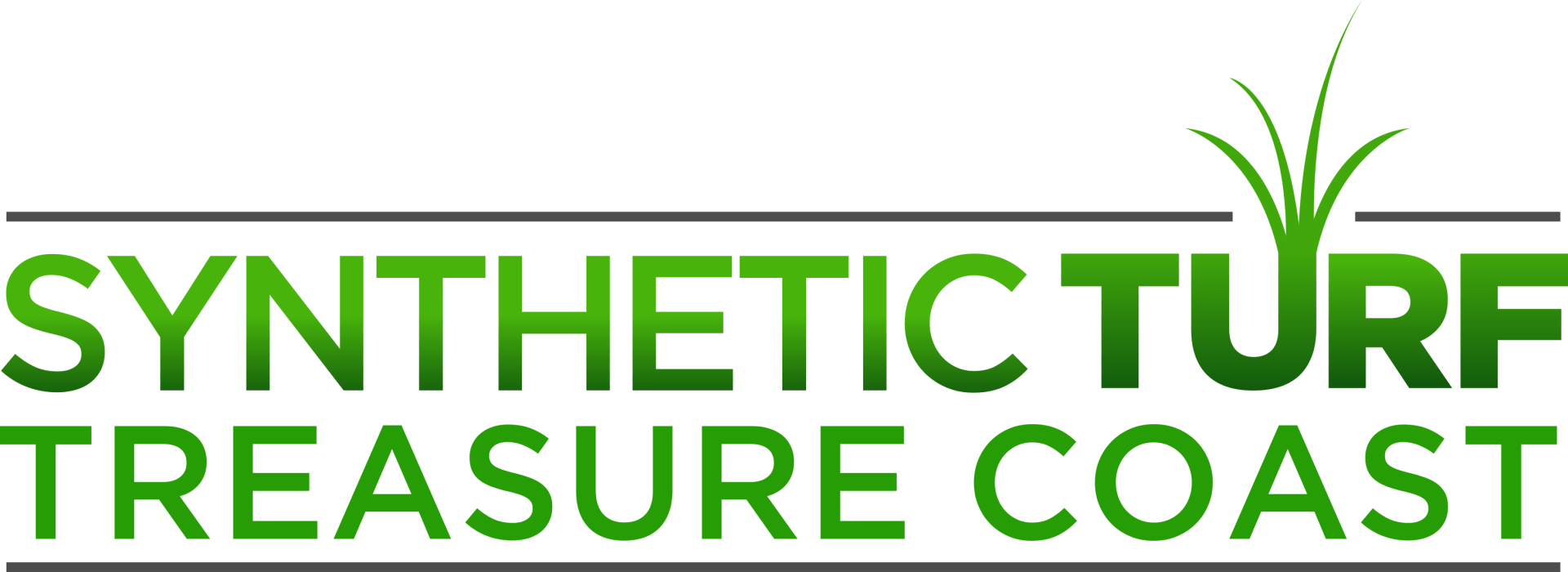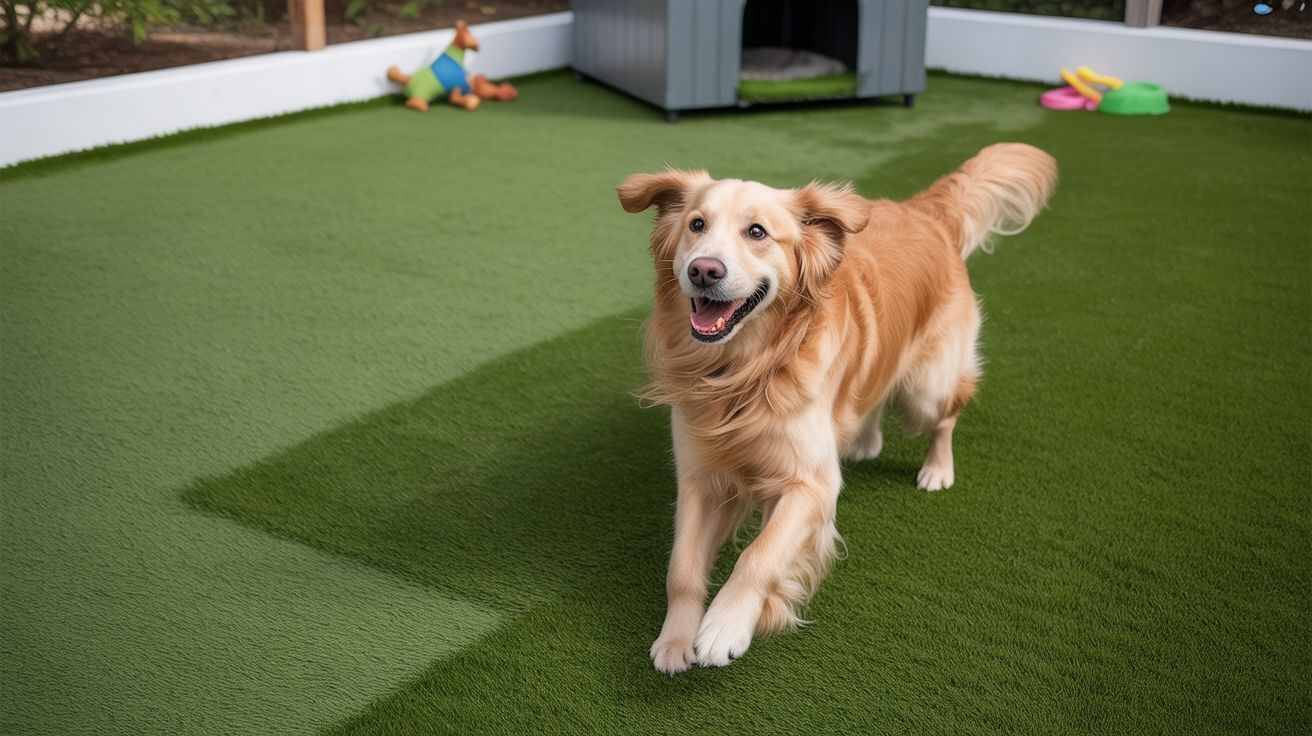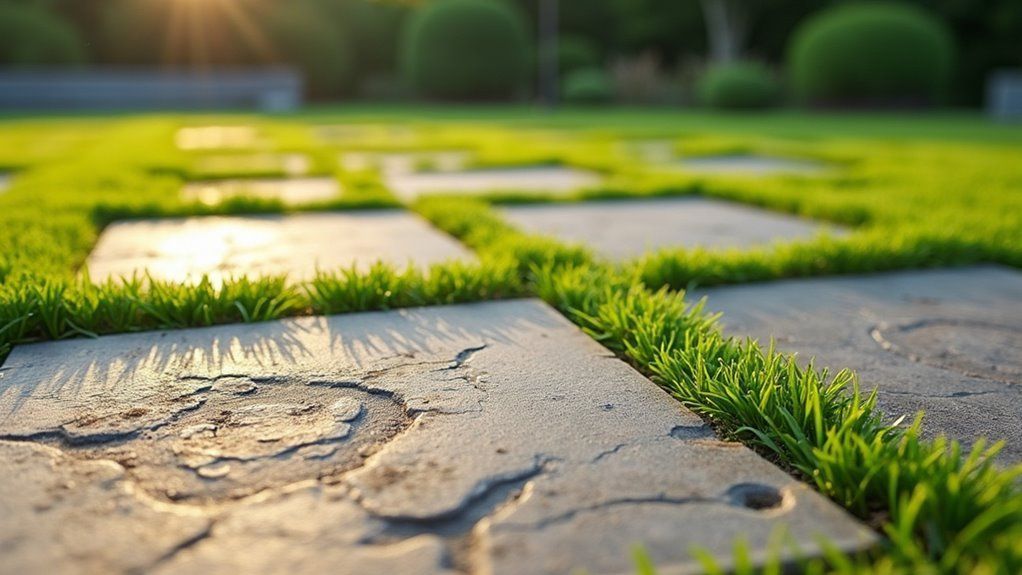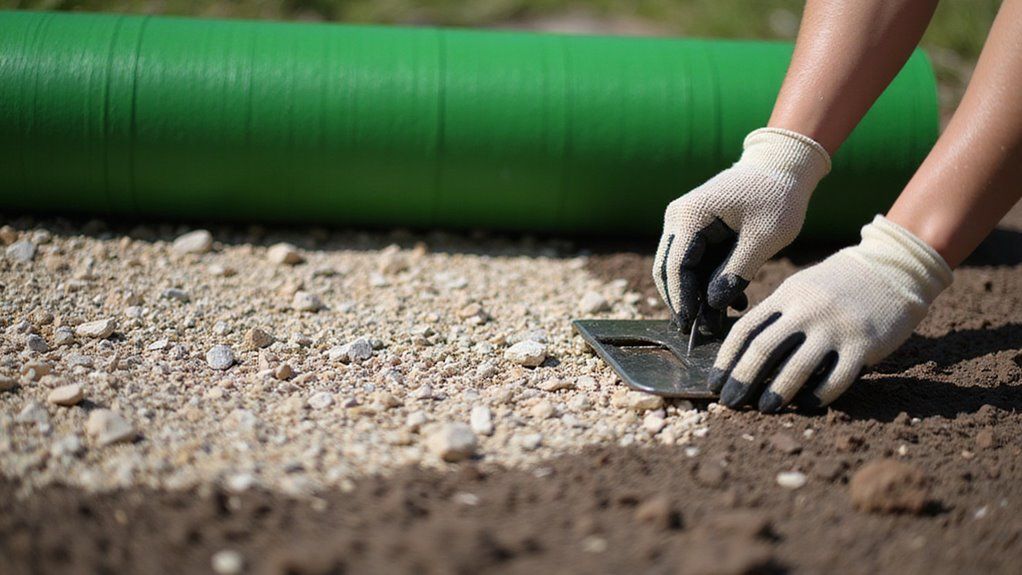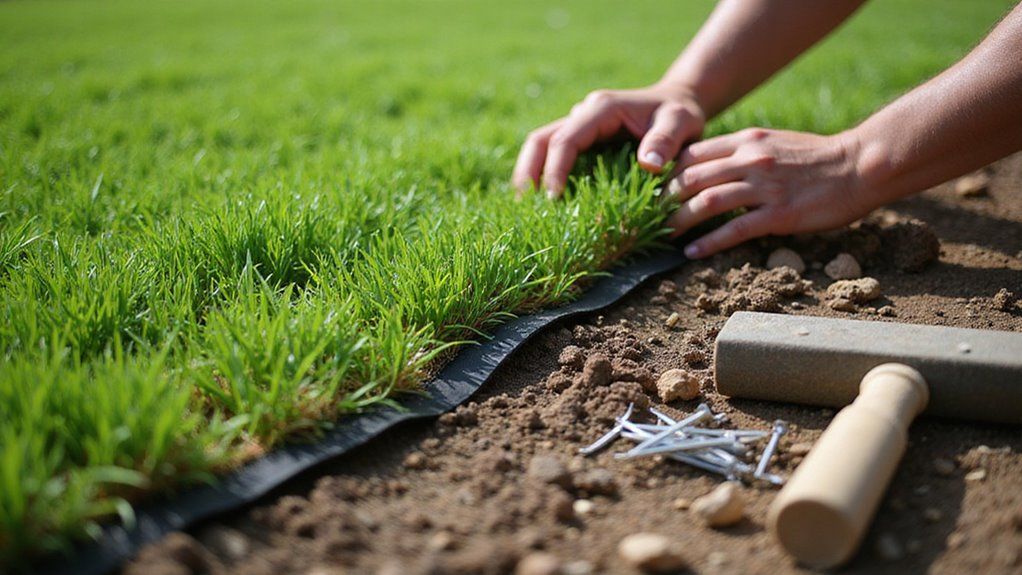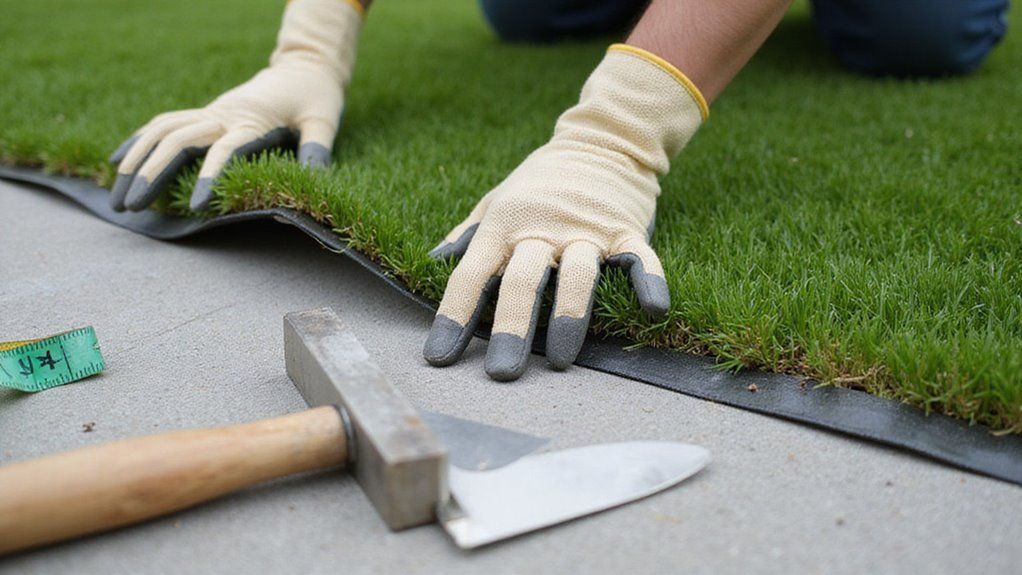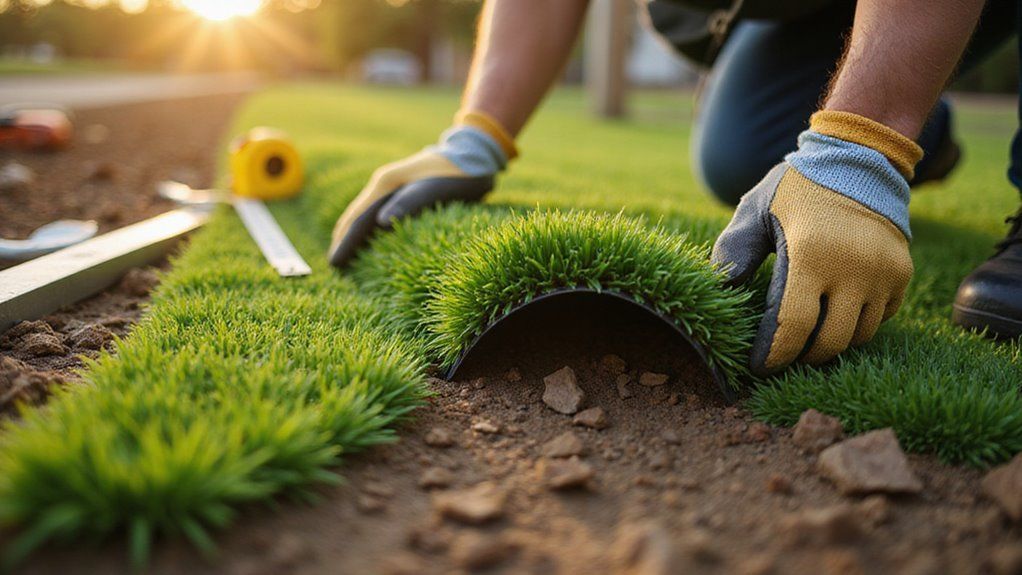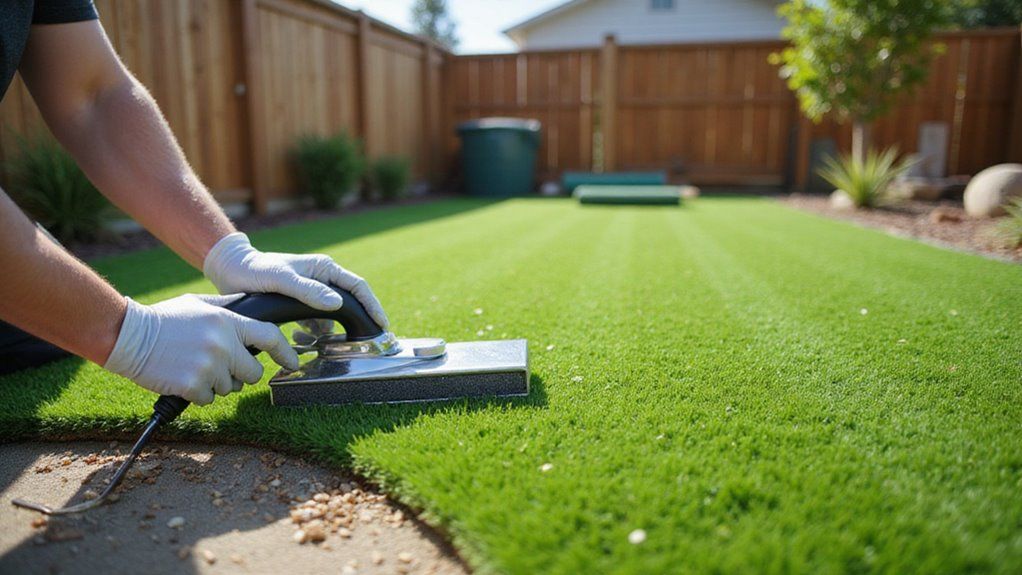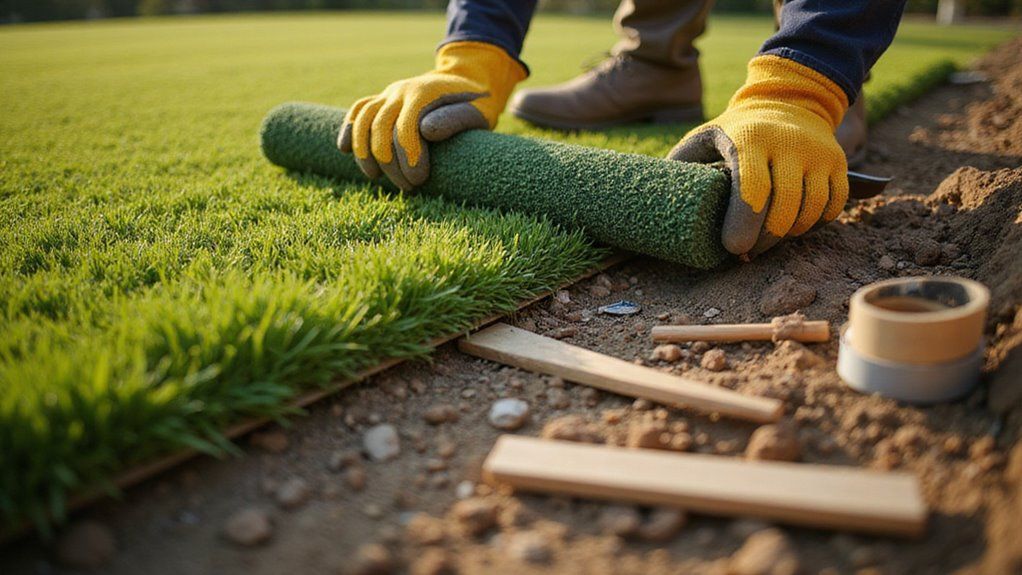Why synthetic grass is the lawn of the future?
Why synthetic grass is the lawn of the future?
Synthetic turf might just be the next big thing. Real grass is out, and the artificial stuff is in. This isn’t just a phase, either. It’s the future.

What is synthetic grass?
Essentially, synthetic grass is a plastic carpet. It’s made out of polypropylene fibers, which can be found in tons of everyday products we use. And it’s been trending upwards for a long time now. The turf of today is made of those poly fibers, coupled with an infill that acts as dirt. Infill is typically made up of sand and recycled rubber. This dynamic duo of fibers and infill combine to create what could be the future of landscaping. Artificial turf is being used everywhere, from the homes next door to the stadiums for teams in the NFL. It’s also a sustainable option for people because of the low maintenance required and the eco friendliness.
Artificial turf maintenance is key to ensuring your lawn lasts. True, it’s not as labor heavy as alternatives, but brushing your greenery and taking a little extra time to keep it clean will go a long way!
Pros and Cons of Artificial Grass
Pros:
- Durability - Synthetic grass can last for years, especially when taken care of properly. Investing in artificial turf means investing in a trustworthy lawn for the next 10 years.
- Sustainability - Turf is eco-friendly, as an alternative to real grass. No water is required to keep it looking green, which is a big boost for the environment. Lawn care products are also not a necessity, which is good because of the carbon emissions they release into the air.
- Maintenance - Synthetic grass is low on maintenance, and would definitely be considered the metaphorical chill girlfriend. However, it still needs some love. Brushing off any debris and keeping the grass clean is a definite must.
Cons:
- Risk of injury? - Athletes will sometimes say that turf increases their risk of injury. Turf can get harder over time, but studies have shown there to be no clear difference between natural and artificial turf when it comes to injury risk.
- Temperature - There are concerns about the synthetic turf heating up in the hot sun. Fortunately, science comes in handy, with products being designed to absorb heat.
The Turf Vision
The market for artificial grass was estimated at 2.8 billion in 2018, with an expected increase of 5.4% until 2025. The interchangeability of turf for a variety of environments make it a viable substitute for real grass. In the sports sphere, demand has increased for turf in stadiums and on fields, due to the low maintenance nature of turf. Playgrounds are also a hotbed for turf, and who could forget the classic lawn of a home? Whether used domestically or for the Friday night lights of a football field, synthetic turf has proved it’s worth.
In Conclusion
The future is brighter with turf. A synthetic lawn may not have been what people traditionally envision when they think of a home, but as times evolve, so too must the future of landscaping. The grass is always greener, as they say, and turf could become normal to have in the next few years. Already, homeowners and sports teams alike make ample use of the material. This isn’t just a passing trend. The time to become invested in turf is now, while the market is still green. It will only go up from here, and turf is riding the wave of change.
About the author
Kathy Leavell
Kathy Leavell is the founder and owner of Synthetic Turf Treasure Coast, a leading provider of synthetic grass solutions for residential and commercial properties in Florida. With over a decade of experience in the industry, Kathy has become a recognized expert in synthetic turf installation, maintenance, and repair. Under her leadership, Synthetic Turf Treasure Coast has earned a reputation for exceptional customer service and high-quality workmanship.
Prior to starting her own business, Kathy worked in sales and marketing roles at several major synthetic turf manufacturers.
